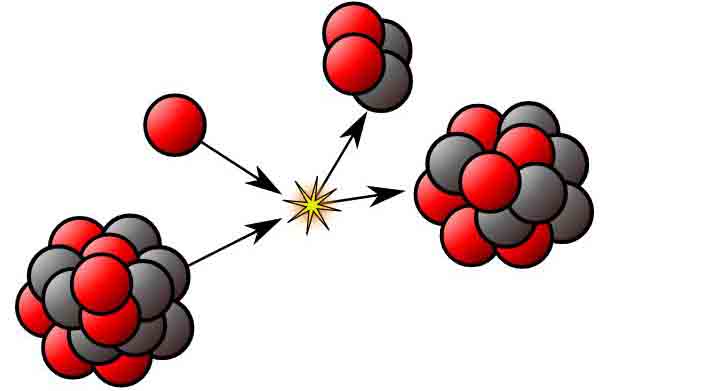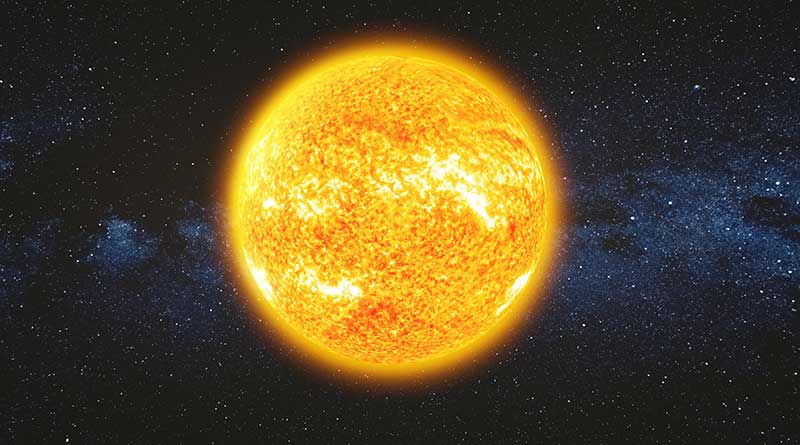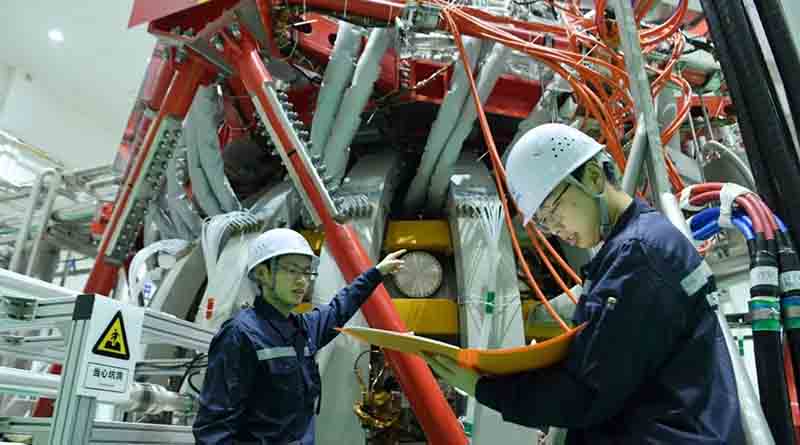China turns on nuclear-powered artificial sun
China successfully powered up its artificial sun nuclear fusion reactor for the first time, state media reported Friday, marking a great advance in the country’s nuclear power research capabilities.
Nuclear fusion is a reaction in which two or more atomic nuclei are combined to form one or more different atomic nuclei and subatomic particles (neutrons or protons).

The difference in mass between the reactants and products is manifested as either the release or the absorption of energy.
Fusion is considered the Holy Grail of energy and is the process that powers active stars where large amounts of energy are released.
It merges atomic nuclei to create massive amounts of energy—the opposite of the fission process used in atomic weapons and nuclear power plants, which splits them into fragments.
Unlike fission, fusion does not create radioactive waste, and carries less risk of accidents.
The HL-2M Tokamak apparatus is able to operate at 150 million degrees Celsius (270 million Fahrenheit), a temperature 10 times hotter than the sun
The HL-2M Tokamak reactor is China’s largest and most advanced nuclear fusion experimental research device, and scientists hope that the device can potentially unlock a powerful clean energy source.

It uses a powerful magnetic field to fuse hot plasma and can reach temperatures of over 150 million degrees Celsius, according to the People’s Daily—approximately ten times hotter than the core of the sun.
Yang Qingwei, chief engineer of CNNC’s Institute of Fusion Science at the Southwest Institute of Physics, was quoted by Xinhua on Friday as saying that HL-2M can achieve magnetic plasma confinement time of up to 10 seconds.
Located in southwestern Sichuan province and completed late last year, the reactor is often called an “artificial sun” on account of the enormous heat and power it produces.
The ability to generate such ultra-high temperature is essential for the research of fusion process, replicating the way the sun produces energy using hydrogen and deuterium gases as fuels. The sun operates at a temperature of 15 million degrees Celsius.
“The development of nuclear fusion energy is not only a way to solve China’s strategic energy needs, but also has great significance for the future sustainable development of China’s energy and national economy,” said the People’s Daily.
Chinese scientists have been working on developing smaller versions of the nuclear fusion reactor since 2006.
They plan to use the device in collaboration with scientists working on the International Thermonuclear Experimental Reactor—the world’s largest nuclear fusion research project based in France, which is expected to be completed in 2025.
China aims to develop its fusion technology as it plans to build an experimental reactor as early as next year, build an industrial prototype by 2035 and go into large-scale commercial use by 2050.
But achieving fusion is both extremely difficult and prohibitively expensive, with the total cost of ITER estimated at $22.5 billion.
Related article: 2030: Long March 9 so powerful it will transport spacecraft of 140 tons to low-Earth orbit
Tropicalhainan.com launched it’s official mini programme and WeChat account, scan the Qr code to keep up to date with news, sports, entertainment, travel, opinion and more.







